The Bathurst 1000 is Australia’s Great Race, the ultimate test for man and machine.
While these days it’s fought out by purpose-built racing cars that only look like the road cars they’re based on, for generations what raced at Bathurst directly influenced what you could buy in the showroom and drive on the road.
The so-called ‘homologation specials’ spawned the very first Australian muscle car and from then on they became part of our national car culture.
So what are the best road cars inspired by Bathurst? That’s the topic of this week’s episode of Torquing Cars, our new weekly podcast. Hosted by Torquecafe’s longtime Editor-at-large, Stephen Ottley, and the highly-experienced motoring writer, Scott Newman, Torquing Cars sees the duo pick their favourite five and count them down.
Make sure you listen to Torquing Cars to hear what Steve and Scott chose, and let us know in the comments what your Top 5 Bathurst road cars are.
5. Ford XR Falcon GT

The genesis of the species. When the XR Falcon launched in 1966 Ford made the genre-defining decision to install the same ‘Windsor’ 4.7-litre V8 engine from the then-new Mustang into the Aussie-made sedan – and the Australian muscle car was born.
The factory-backed Ford racing team took the XR Falcon GT to the 1967 Bathurst 500 and Fred Gibson and Harry Firth led home a one-two finish. This was a big deal not only for Ford, but the V8-powered sports sedan. Until then Bathurst had been the domain of smaller, lighter and less powerful cars, but Ford demonstrated the best way to conquer the mountain was with a V8 and that has been the case ever since.
4. Holden VK Commodore SS Group A
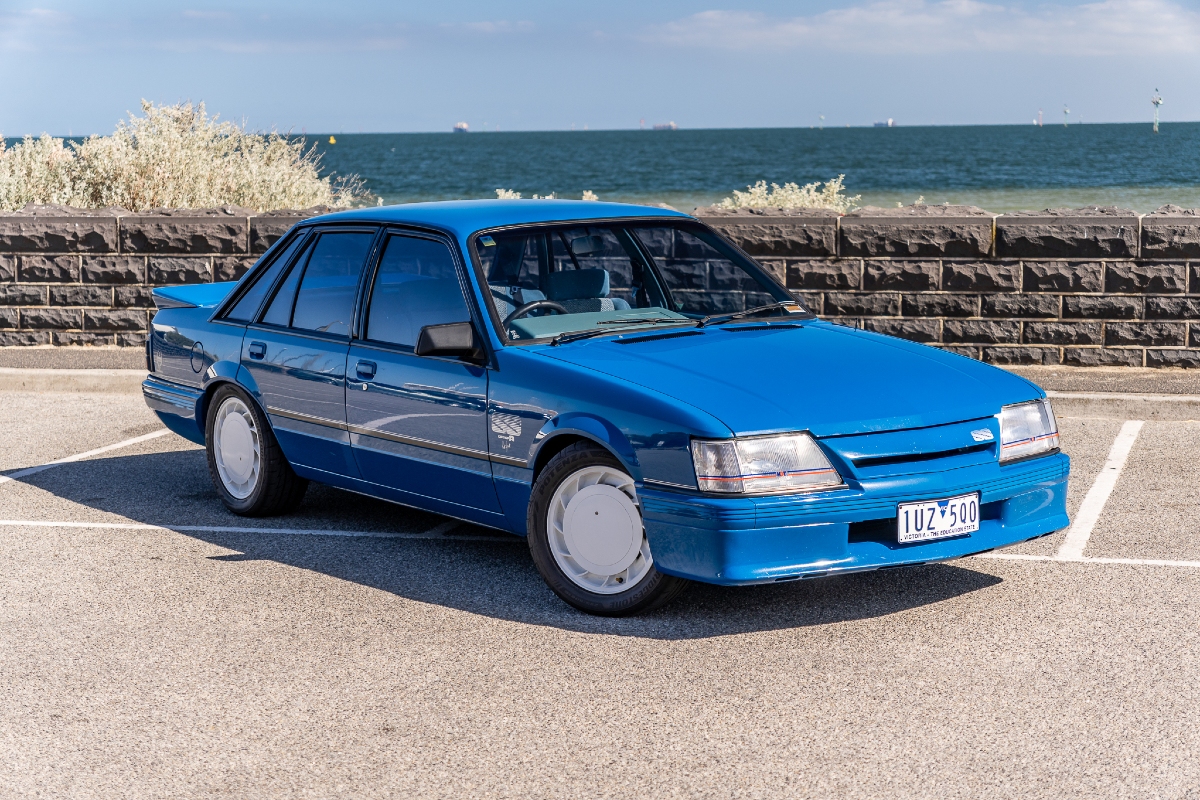
The introduction of Group A touring car racing in Australia for the 1985 season made life tough for Holden. Factory-developed race cars from Europe and Japan flooded the local racing scene and put the Australian brand on the back foot.
But Holden didn’t take it lying down and star driver Peter Brock and his Holden Dealer Team (HDT) built the best Commodore they could. The SS Group A was a homologation special, taking the standard VK and upgrading it to conquer Bathurst, which included installing a new 4.9-litre V8, front spoiler, rear decklid and 16-inch alloy wheels.
While HDT didn’t win Bathurst, Allan Grice and Graeme Bailey did in their privately-run VK, proving once again that Australian-made cars could master Mount Panorama.
3. Holden HK Monaro GTS 327
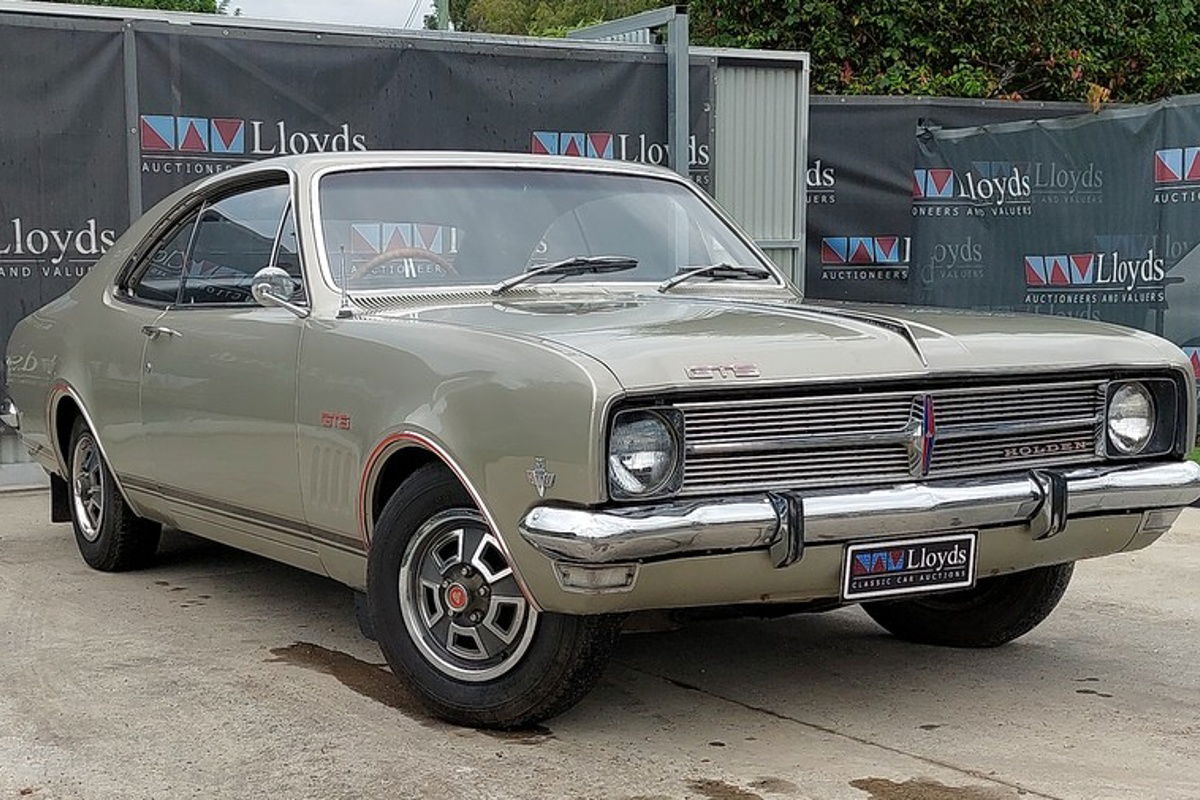
Ford may have invented the concept of the Australian muscle car with the first V8-powered Falcon GT that won Bathurst in 1967, but Holden went a step further when it introduced the HK Monaro GTS 327.
It was the brand’s first hero model, a V8-powered coupe muscle car designed to win on the track and in the showroom. Powered by a 5.3-litre Chevrolet V8 it helped Bruce McPhee and Barry Mulholland to sweep the podium at the ‘68 Hardie-Ferodo 500 and start the legend of the Monaro as Holden’s ultimate hero model.
2. Holden LX Torana A9X
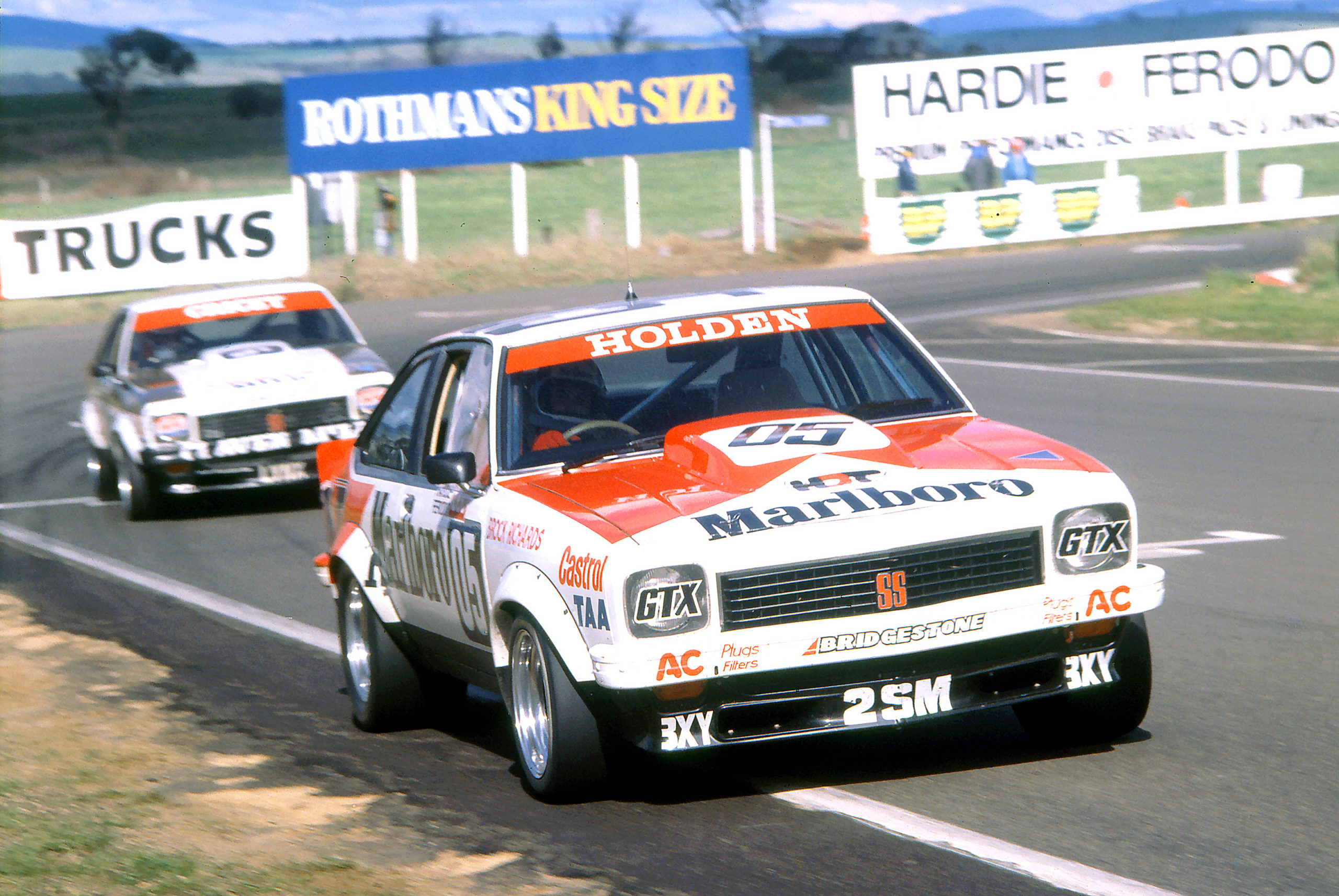
While Harry Firth helped prove the V8 was best at Bathurst with Ford, when he shifted to Holden he flipped the script and developed the six-cylinder LJ Torana GTR XU-1 and helped Brock win the 1972 with superior handling.
However, as Ford’s V8-powered Falcon Coupes became more dominant Holden fit back with the best of both worlds – a V8-powered Torana that combined power and handling.
In 1977 Holden introduced what was officially called the ‘Performance Equipment Package’ for the LX Torana, but it’s best known as the A9X. Whatever the name, this added the same 5.0-litre V8 engine from the Bathurst-winning L34 Torana plus the iconic flared wheel arches, huge bonnet bulge and rear spoiler that made it the car-to-beat on track.
It helped Brock and Jim Richards claim back-to-back Bathurst wins in ‘78 and ‘79 and made the Torana A9X one of the most desirable and collectable cars ever produced by Holden.
1. Ford Falcon GT-HO Phase III
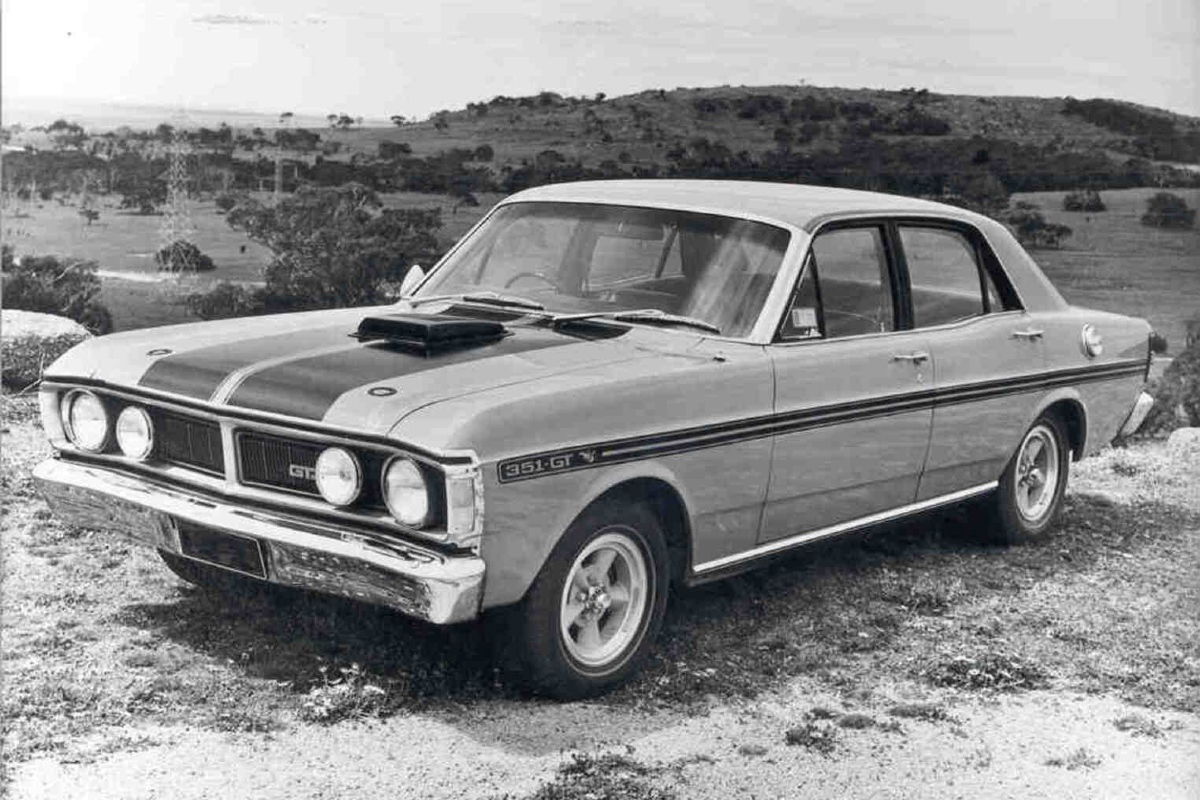
The direct descendant of the XR Falcon GT, the XY Falcon GT-HO Phase III isn’t just the most memorable Bathurst-inspired car, it’s arguably the most iconic Australian-made car of all-time.
It was also a direct response to the Holden Monaro, as the two companies continued to duke it out on the track to help win in the showroom. Released in 1971 the GT-HO Phase III featured Ford’s Cleveland 5.7-litre V8 (which officially made 300hp but reportedly packed up to 380hp), a four-speed transmission, Detroit locker nine-inch differential and a 164-litre fuel tank. And as the ‘HO’ stood for Handling Option, it also had a raft of suspension and brake upgrades to tame the mountain.
Allan Moffat won the race in ‘71 and forever cemented the place of the GT-HO in the hearts of Ford fans. But it was Wheels magazine’s published claim that it had hit 142mph (228km/h) that really helped to create the aura and legend around the Phase III.
It was lauded as the fastest four-door car in the world until the 1980s and has become arguably the most desirable Australian-made car for collectors.



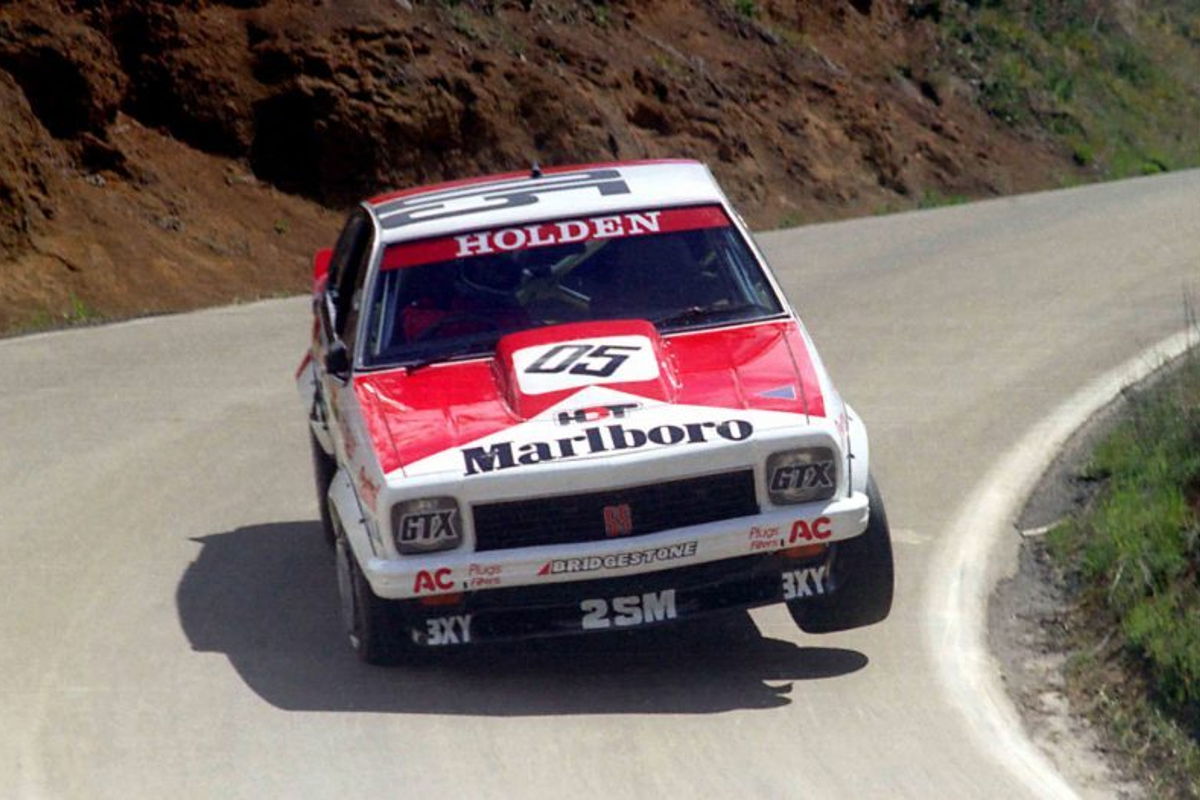












Discussion about this post